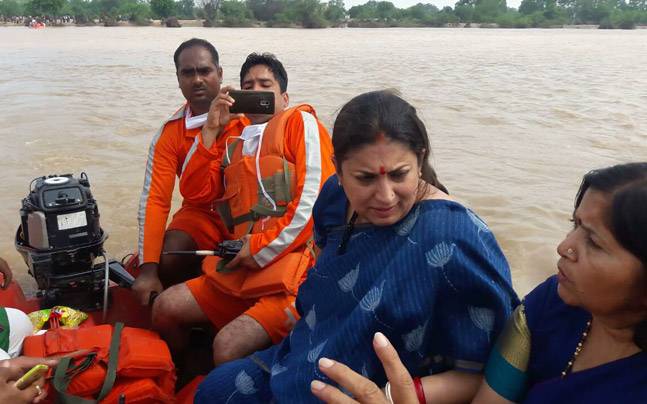Smriti Irani: A Deep Dive into Her Political Journey

Introduction
Smriti Irani, a prominent political figure in India, has played a significant role in shaping contemporary Indian politics, thanks to her dynamic presence and robust leadership. As a member of the Bharatiya Janata Party (BJP) and a former Minister of Textiles, she represents a blend of tradition and modernity. Her contributions to various ministries and her journey from a television actress to a politician underscore the transformative power of determination and hard work.
Political Ascendancy
Born on March 23, 1976, in Delhi, Smriti Irani first gained fame through her role in the popular television show ‘Kyunki Saas Bhi Kabhi Bahu Thi.’ However, her political career took off when she contested the 2014 Lok Sabha elections from Amethi, a constituency held by Rahul Gandhi. Although she did not win, her spirited campaign marked her as a rising star in Indian politics, gaining attention and respect.
Ministerial Roles
Following her significant involvement in the party, Irani was appointed as the Minister of Human Resource Development in May 2014, where she focused on educational reforms and policies aimed at improving the quality of education in India. In 2016, she took charge as the Minister of Textiles, where she implemented strategic initiatives to boost the textiles industry, a crucial sector for employment in India. Under her leadership, the ministry launched various schemes like the ‘Textiles India’ event, aimed at promoting textile exports and investments.
Recent Developments
As of October 2023, Smriti Irani’s influence continues to be significant in shaping policy. With her recent appointment as Minister of Women and Child Development, she has emphasized the importance of women’s empowerment and child welfare. Her initiatives focus on improving nutritional standards for children and enhancing safety measures for women across India. Irani’s approaches have garnered praise and acknowledgment from both supporters and critics alike, reflecting her impact on Indian society.
Conclusion
Smriti Irani’s journey from the small screen to the powerful corridors of politics illustrates a remarkable narrative of dedication and service. Her various ministerial roles highlight her commitment to societal development, especially in education, textiles, and women’s welfare. As she continues to influence Indian politics, it will be intriguing to observe her strategies and their outcomes in addressing national issues, particularly regarding women’s rights and childhood development. For many, she symbolizes the intersection of media and politics, showcasing the potential for widespread change when one is resilient and goal-driven.









